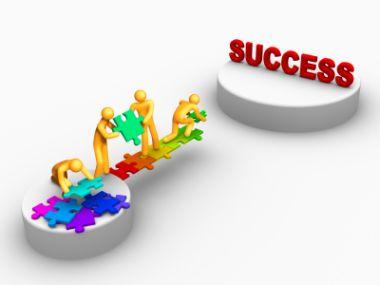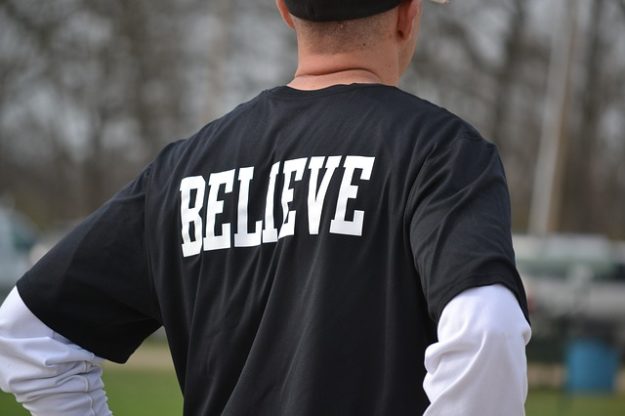 What’s in a name?
What’s in a name?
“A rose by any other name would smell as sweet,” said Shakespeare.
But, would it?
Seth Godin thinks words matter. As do I.
“That’s just semantics”
Just?
The meaning of the word is the reason we used the word.
If we don’t agree about the meaning of the word, we haven’t communicated.
Instead of, “that’s just semantics,” it seems more productive to say, “I’m confident we have a semantics problem.”
Because that’s all of it.
The way we process words changes the way we act. The story we tell ourselves has an emotional foundation, but those emotions are triggered by the words we use.
Not just.
Especially.
— Seth Godin
Are your words communicating the right message?
“The single biggest problem in communication is the illusion it has taken place.” So says Hugh MacLeod of Gaping Void Culture Design Group, noting your words may or may not incorporate ‘signifiers’ that open the listener/reader to the possibilities they might encourage.
Opening people up to new possibilities is, after all, at the heart of what organizations seeking to enact change do.
The meaning of words changes over time. Your task is to assure the ones you use will be understood as you intended.
For example, when someone considers contributing to your organization, what does your appeal actually communicate to them? Does asking for a ‘donation’ make them feel uplifted by the possibility they can create a positive outcome. Or does it convey all you care about is their money? Does saying “any little bit helps” make them feel important and empowered? Or does it convey their gift is but a drop in the bucket?
Choose words appropriate to what you want your audience to feel.
You have the power to give would-be supporters the meaning they seek.
Let’s look at how some of the words nonprofits commonly use get their meaning, how this meaning may be interpreted by your constituents, and how you may wish to express yourself differently in order to choose the words most appropriate for your group and for the purpose of your communication.
What do you call the folks who respond to your fundraising appeals?
Are they donors?
Maybe that’s okay. Or perhaps





















 What’s in a name?
What’s in a name?


 For good things once a year is not enough. Why do so many of us only eat turkey once a year?
For good things once a year is not enough. Why do so many of us only eat turkey once a year? 









 Twice at the end of last calendar year I was asked for a major gift.
Twice at the end of last calendar year I was asked for a major gift.

 You are known by the company you keep.
You are known by the company you keep.
 Want your donors to sustain you? Then you can’t consume them in five minutes.
Want your donors to sustain you? Then you can’t consume them in five minutes.
 Today a friend, who serves on the board of a struggling local arts organization, asked me what they can do to increase their fundraising. I asked her a few questions; then answered simply: “Have more conversations with people; make more friends.”
Today a friend, who serves on the board of a struggling local arts organization, asked me what they can do to increase their fundraising. I asked her a few questions; then answered simply: “Have more conversations with people; make more friends.”
 Fundamentals are important! Before writing your appeal, it’s good to remind yourself of the basics to make sure you’ve got all bases covered. Look at the elements you want to include; make sure you’re applying them. In this two-part series, I’m calling out eight appeal writing fundamentals. In
Fundamentals are important! Before writing your appeal, it’s good to remind yourself of the basics to make sure you’ve got all bases covered. Look at the elements you want to include; make sure you’re applying them. In this two-part series, I’m calling out eight appeal writing fundamentals. In 

 In
In 
